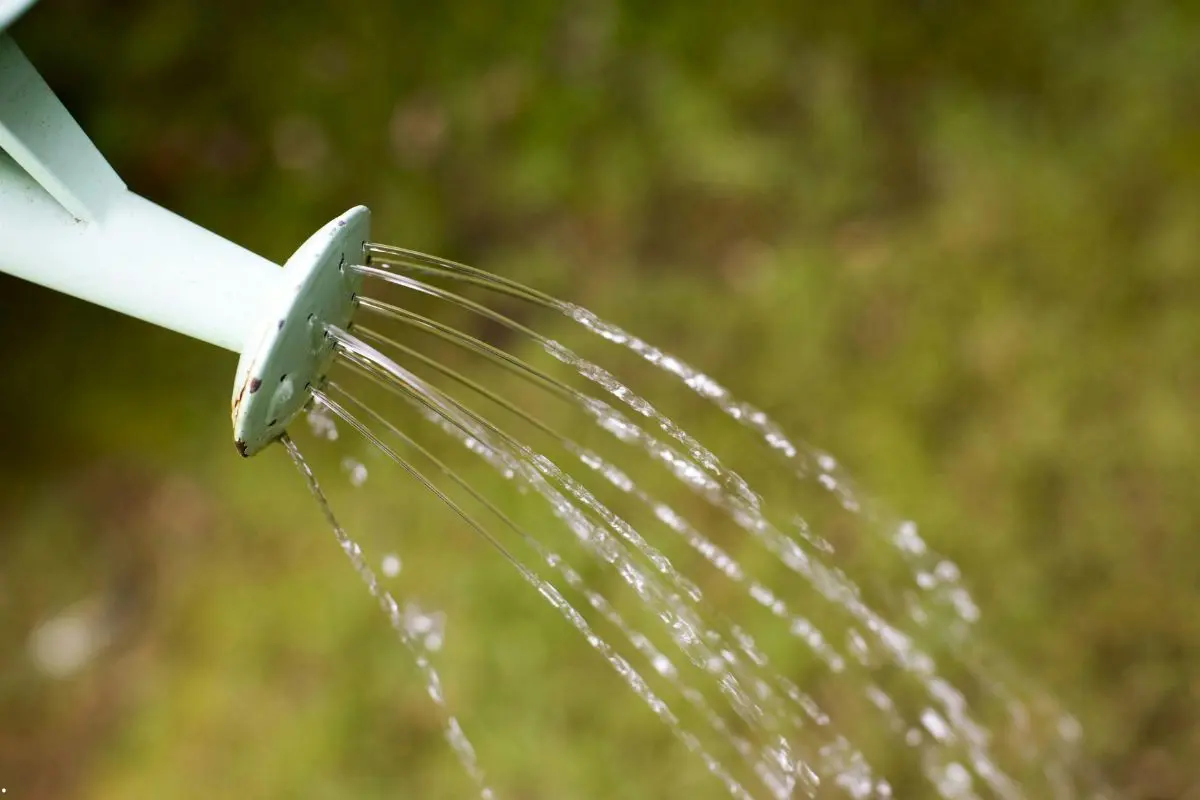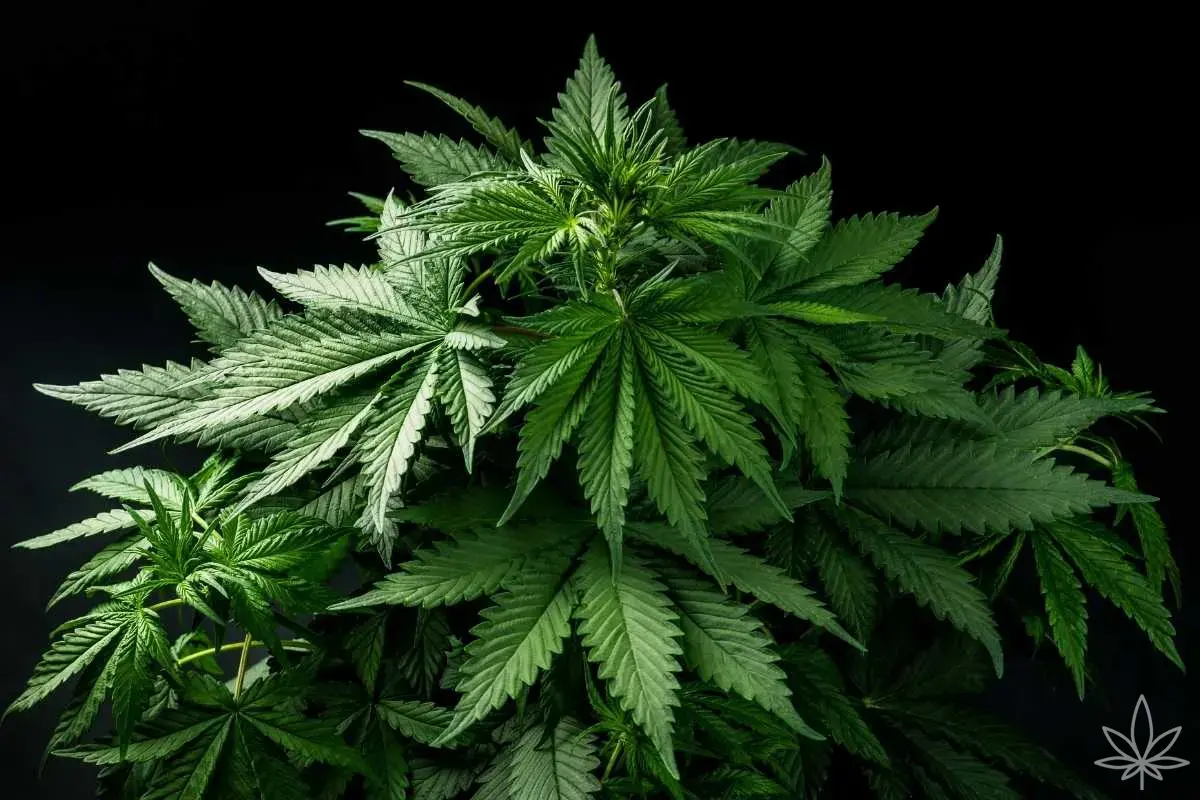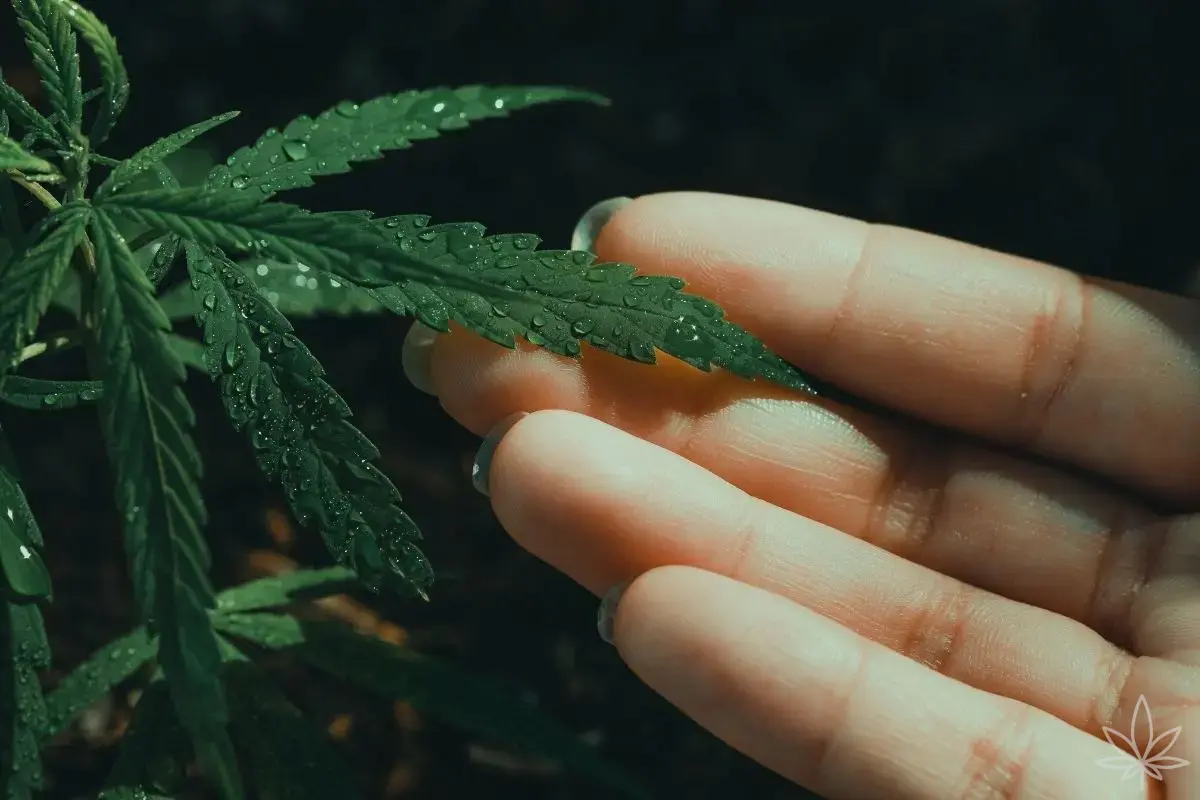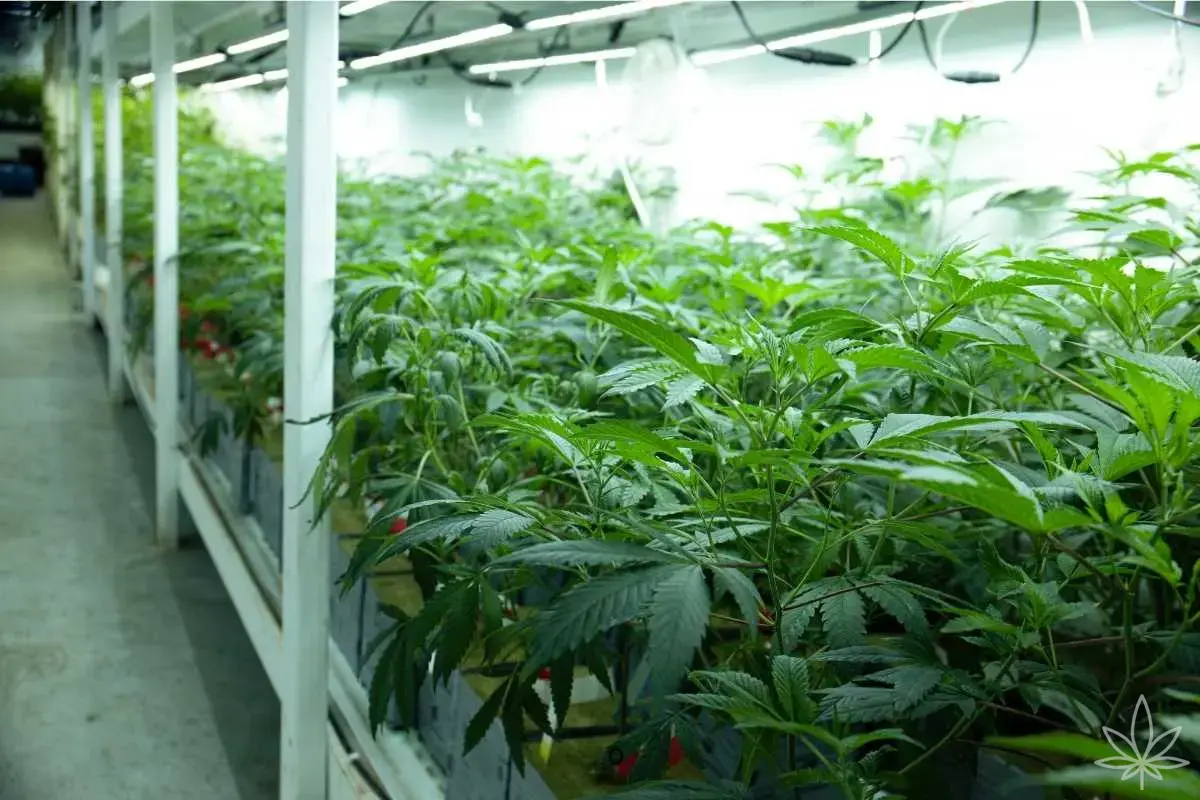In the world of cannabis cultivation, few techniques spark as much debate as flushing — the practice of watering plants with pure water and stopping fertilizer use in the final stage of growth. Some growers swear by it, claiming it’s essential for improving flavor and aroma. Others dismiss it as a myth with little scientific basis. As with many aspects of cultivation, the truth lies somewhere in between: flushing may not be a universal cure-all, but in many cases, it can significantly improve the quality of the final harvest.
What Exactly Is Flushing?
Flushing is the process of ceasing all nutrient feeding and watering the plants with clean water (usually filtered or with low EC) for several days or weeks before harvest. The goal is to wash out excess salts and fertilizer residues from the growing medium while encouraging the plant to use up its internal nutrient reserves.
The theory is simple: with fewer stored nutrients, the flowers will burn more smoothly, taste cleaner, and carry a more natural aroma.
Why Do Growers Flush?
Flushing is most commonly practiced in grows that use mineral fertilizers. Synthetic salts accumulate in the substrate over time, and if they remain in the plant tissues, they can affect taste and smoke quality. Many cultivators report that flushed flowers burn with a lighter ash, produce less crackling, and deliver a smoother smoking experience.
With organic fertilizers, flushing is less critical, since nutrients are released gradually and absorbed in a more natural balance. However, even in organic systems, a short flushing period can still refine the final product.
The Controversy Around Flushing
Skeptics argue that flushing doesn’t truly “clean” the plant, as nutrients once absorbed into plant tissue cannot simply be removed. Scientifically, they’re partly correct: elements like nitrogen or potassium remain part of the plant’s structure.
Yet in practice, many growers insist that flushing improves the end result. The likely explanation is that flushing doesn’t eliminate nutrients already in the plant but helps rebalance the substrate and prevents new excess salts from accumulating, leading to a cleaner-tasting harvest.
Indoor vs. Outdoor
- Indoor grows: Flushing is often more important because plants grow in a limited volume of soil or coco where salts build up quickly. Over-fertilization is a bigger risk, and flushing helps correct it.
- Outdoor grows: The soil environment is larger and more dynamic, with natural buffering. If organic methods are used, flushing may be unnecessary or shorter. With heavy mineral feeding, however, a flush is still recommended.
How Long Should You Flush?
There’s no one-size-fits-all rule, but general guidelines include:
- Mineral nutrients, soil grows: 10–14 days of flushing before harvest.
- Mineral nutrients, hydroponics: 5–7 days, since plants react faster in hydro.
- Organic nutrients: 5–7 days, sometimes even a single heavy watering is enough.
Always use clean water with the proper pH for your medium.
Signs to Watch During Flushing
- Leaves turning yellow — the plant is consuming stored nutrients, which is normal.
- Runoff water EC should gradually decrease over time.
- Avoid overdoing it — excessive flushing can weaken plants and reduce bud density.
FAQ
Does flushing reduce yields?
Not if done properly. Over-flushing, however, can cause plants to lose weight and density.
Is flushing necessary in organic grows?
Not always. It may help improve flavor, but organic systems are naturally balanced.
Can you over-flush a plant?
Yes. Too much flushing too early can starve plants, lowering both yield and quality.
Conclusion
Flushing may not be a miracle technique, but it’s a valuable tool — especially in grows that rely on mineral nutrients. Done correctly, it helps produce buds that burn more cleanly, taste fresher, and offer a smoother smoking experience.
In organic grows, flushing is often optional, but even there, a short final watering period can refine aroma and flavor. Ultimately, flushing should be seen not as a rigid rule but as a flexible practice, tailored to the grower’s system, nutrients, and goals.
By paying attention to your plants and adapting your approach, you can ensure that flushing, when used, enhances the final harvest instead of harming it.







